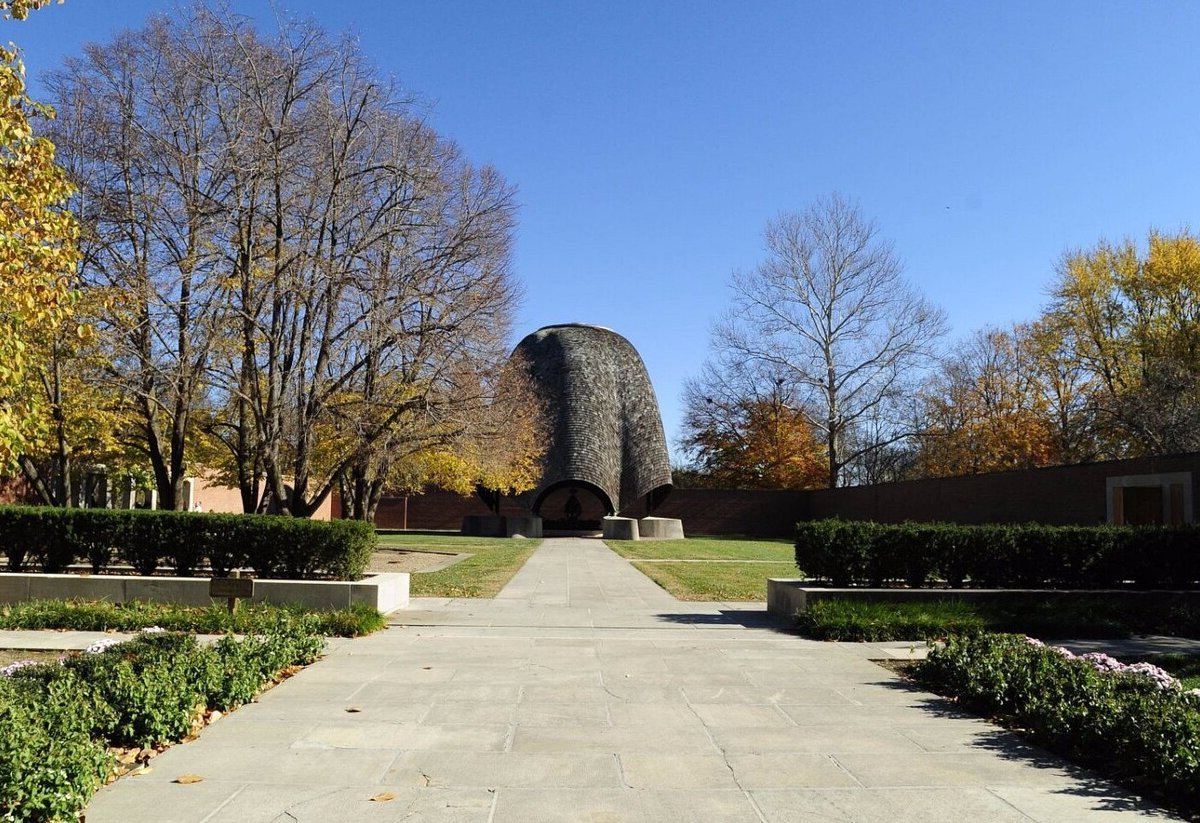Indiana’s New Harmony: The Rise And Fall Of A 19th-Century Utopia

Imagine a place where everyone works together for the common good, sharing resources and living in harmony. This was the dream behind New Harmony, Indiana, a 19th-century utopian community. Founded by George Rapp in 1814, it aimed to create a perfect society. Later, Robert Owen took over, hoping to build a community based on education and equality. People from all over came to be part of this experiment. However, creating a perfect society proved harder than expected. Disagreements and financial issues led to its decline. Today, New Harmony stands as a reminder of ambitious dreams and the challenges of building a utopia.
The Vision of New Harmony
In the early 19th century, a small town in Indiana became the center of a bold social experiment. New Harmony was founded with the dream of creating a perfect society. Visionaries and thinkers flocked here, hoping to build a community based on equality, education, and shared resources. Let's explore some key places that tell the story of this ambitious utopia.
- Harmonist Labyrinth
The Harmonist Labyrinth is a symbol of the spiritual journey the settlers believed in. This maze was designed to encourage reflection and meditation. Walking through its winding paths, one can imagine the hopes and dreams of those who sought enlightenment and harmony.
- Rapp-Owen Granary
This granary stands as a testament to the industrious nature of New Harmony's residents. Built by the Harmonists, it was later used by Robert Owen's followers. The granary stored grains and other essentials, showcasing the community's commitment to self-sufficiency and shared resources.
The People Behind the Utopia
New Harmony attracted a diverse group of individuals, each bringing unique ideas and talents. These people played crucial roles in shaping the community's identity and aspirations.
- Robert Owen's House
Robert Owen, a Welsh industrialist, purchased New Harmony in 1825. His house reflects his vision of a society where education and cooperation were paramount. Owen's ideas influenced many social reforms, and his home remains a symbol of his commitment to progress.
- Thomas Say's Cabin
Thomas Say, a renowned naturalist, made significant contributions to science while living in New Harmony. His cabin served as both a home and a laboratory. Say's work in entomology and zoology left a lasting impact on the scientific community.
The Legacy of Education and Innovation
Education was a cornerstone of New Harmony's philosophy. The community believed that knowledge could transform society and improve lives. Several institutions and initiatives were established to promote learning and innovation.
- New Harmony School
The New Harmony School was one of the first public schools in the United States. It embodied the community's belief in accessible education for all. The school offered a progressive curriculum, emphasizing critical thinking and creativity.
- Workingmen's Institute
Founded by philanthropist William Maclure, the Workingmen's Institute aimed to provide educational opportunities for workers. It housed a library, lecture hall, and museum, fostering a culture of learning and intellectual exchange.
The Decline of New Harmony
Despite its noble intentions, New Harmony faced numerous challenges. Internal conflicts, financial difficulties, and differing visions led to its decline. However, the town's legacy continues to inspire those who visit today.
- Community House No. 2
Community House No. 2 was a hub of activity and social interaction. It served as a meeting place for residents to discuss ideas and collaborate on projects. The building's history reflects the community's struggles and eventual dissolution.
- Atheneum
The Atheneum is a modern architectural marvel that serves as a visitor center and museum. It offers insights into New Harmony's history and the ideals that shaped it. The Atheneum stands as a reminder of the town's enduring influence on social and educational reform.
Reflections on New Harmony's Legacy
New Harmony's story is a fascinating chapter in history. This 19th-century utopia, founded by George Rapp and later led by Robert Owen, aimed to create a society based on equality, education, and communal living. Despite its ambitious goals, the community faced challenges like financial struggles and differing visions among its members. These obstacles ultimately led to its decline. However, New Harmony's legacy lives on. It inspired future social reformers and highlighted the potential and pitfalls of utopian experiments. Today, visitors can explore this historic town, learning about its innovative ideas and the people who dared to dream big. New Harmony reminds us that while utopias may not last, their impact can shape future generations. This small Indiana town continues to be a symbol of hope, creativity, and the enduring quest for a better world.

